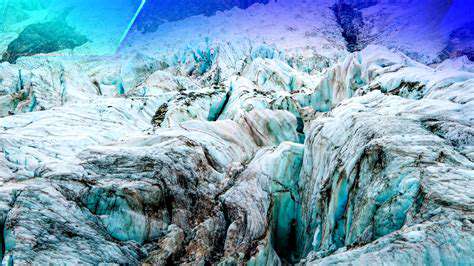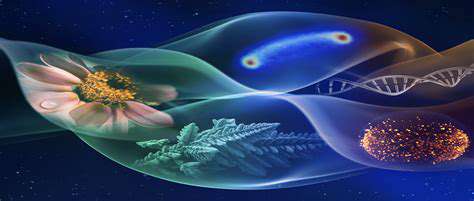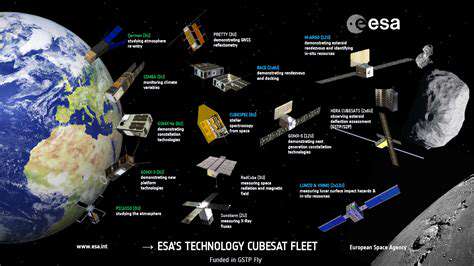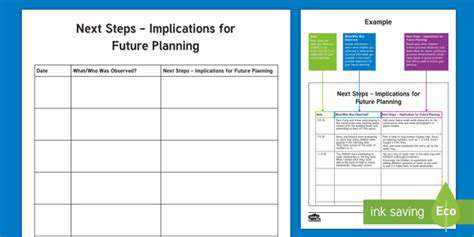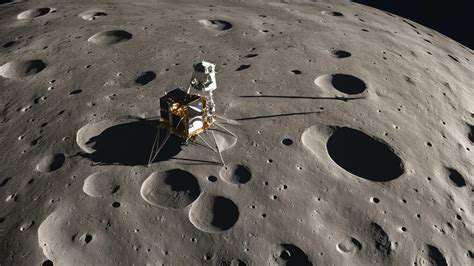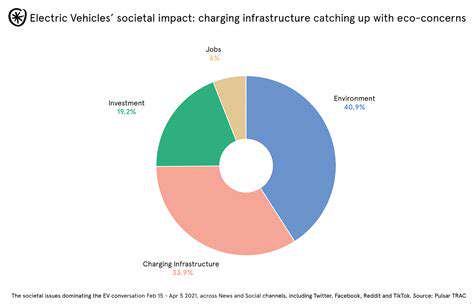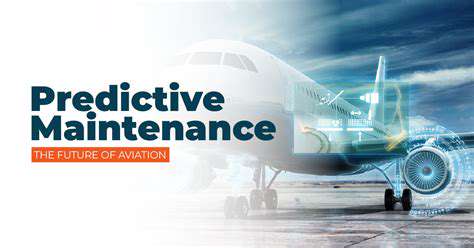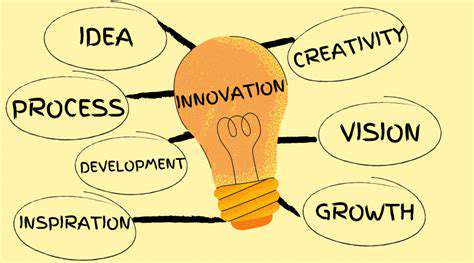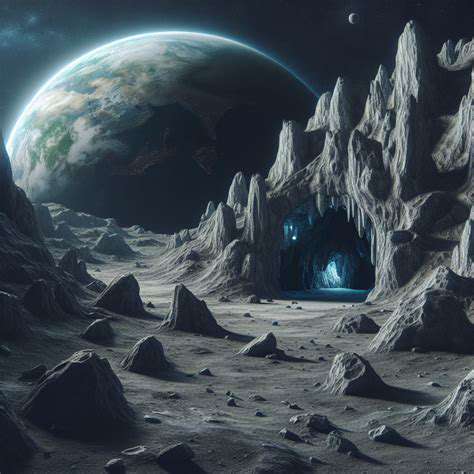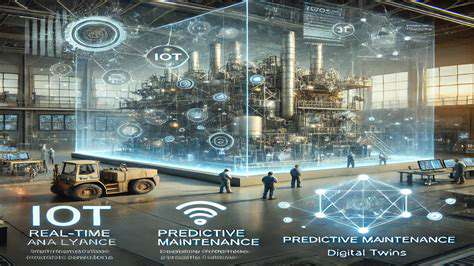The Role of Innovative Technologies
The Impact of Robotics on Lunar Resource Extraction
Robotics plays a crucial role in lunar prospecting, offering significant advantages over human missions. Autonomous robots can traverse the challenging lunar terrain, collecting samples in diverse locations, and performing complex tasks with precision and efficiency. This reduces the risks associated with human exploration, such as radiation exposure and the demanding logistical support required for extended stays. Robots can also be equipped with sophisticated sensors to identify and categorize potential mineral deposits, significantly accelerating the process of resource mapping and potentially leading to more profitable and sustainable exploitation.
Furthermore, robotic systems can be deployed in large numbers, allowing for a more comprehensive survey of the lunar surface. This decentralized approach can cover vast areas in a relatively short timeframe, drastically improving our understanding of the lunar resource distribution and the potential for economic viability. The ability to adapt and reprogram these robotic systems for different tasks also increases flexibility and efficiency, making them invaluable tools in lunar prospecting.
Advanced Sensing Technologies for Mineral Detection
Advanced sensors, capable of detecting subtle variations in lunar soil composition and identifying specific mineral signatures, are essential for successful lunar prospecting. These technologies, including advanced spectrometers and imaging systems, can analyze the lunar surface remotely, providing detailed information on the elemental and mineralogical makeup of potential resources. This allows for the identification of valuable materials, such as water ice, helium-3, and rare earth elements, even from a considerable distance, streamlining the prospecting process and reducing the need for costly on-site analysis.
The development of highly sensitive and portable sensors is crucial for the future of lunar exploration. These sensors will enable the in-situ analysis of samples, reducing the need for complex and potentially costly sample return missions. Portable instruments can be integrated into robotic systems, enhancing their capabilities to identify and characterize potential resources with greater precision and speed, significantly improving the efficiency and effectiveness of lunar resource prospecting.
The Significance of 3D Mapping and Modeling
Three-dimensional mapping and modeling technologies are vital for understanding the lunar surface's complex geological structure. Detailed 3D models of potential resource deposits allow for a comprehensive analysis of the distribution, quantity, and accessibility of various minerals. This information is critical for planning efficient extraction strategies and optimizing the use of resources. By visualizing the lunar landscape in three dimensions, scientists and engineers can better understand the geological formations and the potential for resource concentration.
Utilizing advanced algorithms and powerful computing systems, these models can be created and refined based on data from various sources, including orbital imagery, robotic surveys, and sample analysis. This comprehensive approach helps optimize resource utilization and minimizes environmental impact during the extraction process, ensuring a more sustainable and responsible approach to lunar prospecting.
Economic Considerations and Sustainability in Lunar Prospecting
Evaluating the economic feasibility of lunar resource extraction is crucial for motivating investment and ensuring long-term sustainability. Factors such as the cost of transportation, processing, and infrastructure development on the Moon must be carefully considered in the overall economic analysis. Understanding the market demand for potential lunar resources and establishing sustainable extraction methods are essential for long-term profitability and responsible resource management.
The development of innovative technologies, such as reusable spacecraft and automated processing systems, is critical to reducing the cost of lunar operations. Minimizing environmental impact during the extraction process and ensuring the preservation of the lunar environment for future generations are essential considerations for long-term sustainability. These factors, combined with market analysis and potential partnerships, will determine the economic viability of lunar resource extraction and contribute to a responsible approach to lunar prospecting.
Future Applications and Economic Implications
Lunar Resource Utilization and Manufacturing
The Moon's abundance of resources, including water ice, minerals, and regolith, presents a compelling opportunity for in-situ resource utilization (ISRU). This will be crucial for establishing self-sustaining lunar outposts and facilitating future lunar missions. Extracting and processing these resources on the Moon, instead of transporting them from Earth, will dramatically reduce the costs and complexity of future lunar operations, opening up a wide range of potential applications, from constructing habitats to manufacturing crucial components for spacecraft and other equipment. This could potentially revolutionize space exploration by dramatically reducing the logistical burden of transporting materials from Earth.
Manufacturing on the Moon could lead to the development of a lunar economy, fostering innovation and creating new industries. This could include the production of construction materials, fuel, and even advanced technologies, all leveraging the unique properties of lunar resources. The reduced transportation costs and the availability of raw materials could lower production costs substantially, potentially leading to the development of groundbreaking technologies and products.
Commercialization and Private Sector Involvement
The prospect of lunar resource extraction and processing naturally attracts commercial interest. Private companies are increasingly recognizing the potential economic benefits of lunar operations, driving innovation and creating new market opportunities. The development of innovative technologies for resource extraction, processing, and transportation will be crucial for the success of these ventures. This could lead to a new era of private space exploration, with significant investment and job creation in both the aerospace and related industries.
Lunar mining and manufacturing could create a new class of industries, with companies specializing in resource extraction, processing, and logistics. Competition in this new market could drive down costs and increase efficiency, making lunar resources more accessible and affordable for other space-related activities. The potential for significant returns on investment could attract significant capital, creating an entirely new sector of the global economy.
Scientific Discovery and Enhanced Understanding
Lunar exploration offers a unique platform for scientific discovery. Studying the Moon's composition, geological history, and potential for harboring past or present life forms will provide invaluable insights into the early solar system and the processes that shaped our planet. This scientific knowledge will not only enhance our understanding of planetary formation and evolution but also provide crucial insights into potential resources and environments beyond our own planet. The presence of water ice and other potential resources will facilitate scientific experiments and analyses, leading to breakthroughs in various fields.
Lunar research will also contribute to our understanding of Earth's own origins and evolution. By studying the Moon's composition and history, scientists can gain insights into the processes that shaped the early Earth and the development of our planet's atmosphere and oceans. This research can have far-reaching implications for environmental science and planetary protection, helping to understand the conditions necessary for life to emerge and thrive.
Long-Term Economic Growth and Geopolitical Implications
The development of lunar resource utilization and manufacturing has the potential to significantly impact global economies in the long term. The creation of a lunar economy could generate new industries, jobs, and technological advancements. This could lead to a new wave of economic growth, fostering innovation and driving technological progress in various sectors. The potential for new industries and markets on the Moon could have a profound impact on global trade and commerce.
The race to control and exploit lunar resources could also have significant geopolitical implications. Nations and companies competing for these resources could lead to new forms of international cooperation or conflict. This will require careful consideration of international agreements and regulations to ensure equitable access and responsible resource management. The long-term economic and political implications of lunar resource utilization are complex and require careful consideration to ensure sustainable and equitable development.
